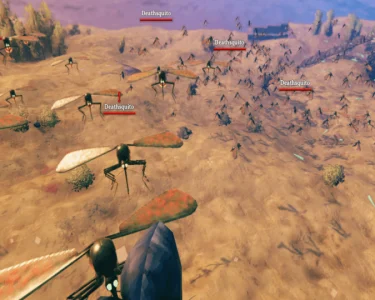Turtles are fascinating creatures that have been around for more than 200 million years. They have evolved to adapt to various environments, including oceans, rivers, and land. Their evolution has been the subject of much scientific research and debate, and their unique adaptations continue to intrigue and amaze people around the world.
The Evolution of Turtles
Turtles belong to the order Testudines, which also includes tortoises and terrapins. The earliest known turtles date back to the Late Triassic period, around 220 million years ago. These turtles were small and likely lived in the water, with a streamlined shell that allowed them to move quickly through the water.
Over time, turtles evolved to adapt to different environments. Some developed larger, heavier shells for protection on land, while others developed flatter, more streamlined shells for better swimming in water. Turtles also developed unique adaptations for their feeding habits. For example, sea turtles have beaks adapted for crushing and grinding hard shells, while land turtles have beaks designed for cutting and tearing vegetation.
One of the most unique features of turtles is their shell. The shell is a fused structure made up of over 50 bones, including the ribs and spine. The shell provides protection against predators and environmental factors, but it also limits the turtle’s mobility. However, turtles have evolved to compensate for this by developing strong legs and feet for walking and swimming.
The Importance of Turtles
Turtles play an important role in the ecosystems they inhabit. As herbivores, they help maintain the balance of plant life in their habitats. They are also prey for many predators, including birds, fish, and mammals. Additionally, sea turtles are important to marine ecosystems, as they help maintain the health of seagrass beds, which are important habitats for many other marine species.
Despite their importance, turtles face many threats, including habitat loss, pollution, and over-harvesting for food, traditional medicine, and the pet trade. In many parts of the world, turtle populations are declining, and some species are endangered or critically endangered.
Conservation Efforts
Conservation efforts are underway around the world to protect turtle populations and their habitats. Many countries have laws and regulations in place to protect turtles and their eggs, and there are numerous organizations dedicated to turtle conservation.
One such organization is the Sea Turtle Conservancy, which works to protect sea turtles and their habitats through research, education, and advocacy. The organization works with local communities and governments to promote sustainable practices and protect sea turtle nesting sites.
Conclusion
Turtles are fascinating creatures that have adapted to various environments over millions of years. Their unique adaptations and importance in ecosystems make them a subject of much scientific research and conservation efforts. While turtles face many threats, there is hope for their future as efforts continue to protect them and their habitats.




